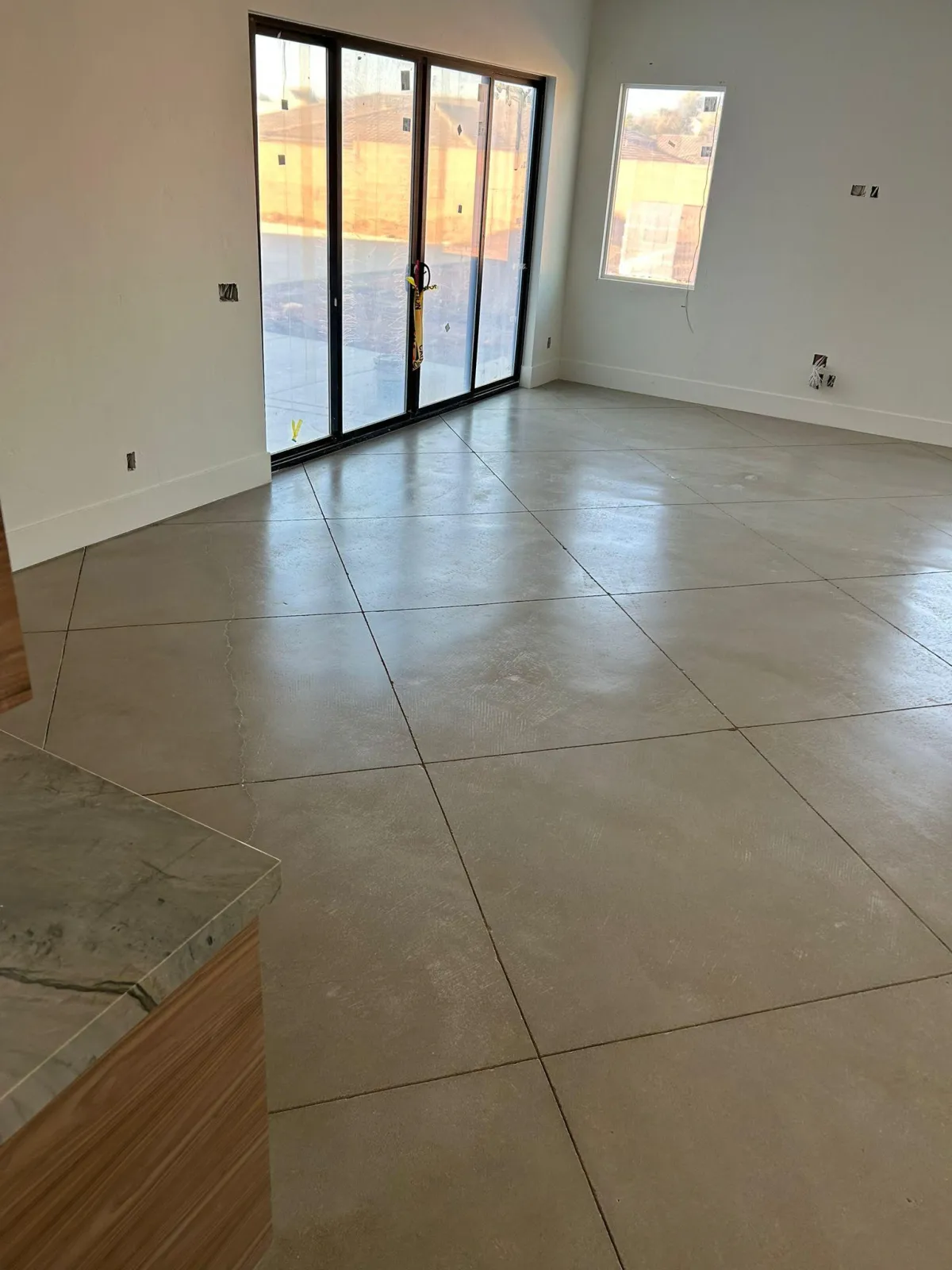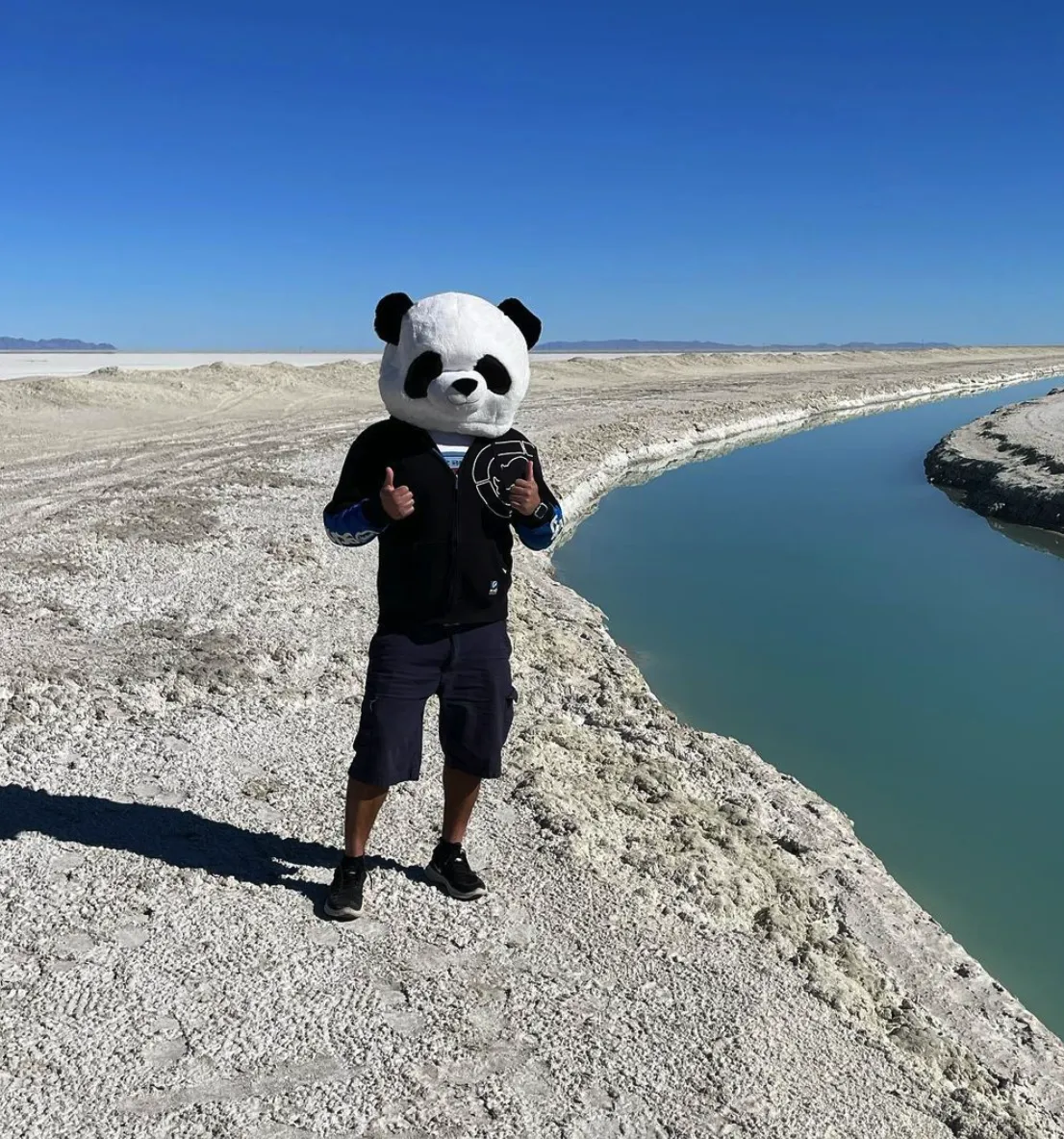
Common Problems with Concrete Sealing and How to Fix Them | Ayala's Concrete Designs - St. George, Utah
Concrete sealing is a key step in protecting surfaces from stains, moisture, and daily wear. However, improper sealing can lead to several issues that impact both the appearance and durability of the concrete. Knowing how to identify and resolve these common problems will help ensure your concrete surfaces stay in excellent condition. Ayala's Concrete Designs in St. George, Utah, explains the most common concrete sealing issues and provides solutions to keep your floors looking their best.
1. Bubbling and Blistering
The Problem: Bubbling or blistering occurs when air or moisture is trapped beneath the sealer during application. This often happens due to improper surface preparation, applying the sealer too thickly, or sealing in high humidity conditions.
The Solution: To fix bubbling or blistering, first strip the sealer from the affected area using a chemical stripper. Then clean and prepare the surface thoroughly before reapplying the sealer. Make sure the concrete is dry, and apply the sealer in thin, even coats to prevent trapping air or moisture.
Bubbling is especially common in outdoor applications, where moisture or temperature changes can interfere with the sealing process. Proper preparation and ideal application conditions are essential to avoid this problem.
2. White or Cloudy Appearance (Blushing)
The Problem: A white or cloudy appearance, also known as "blushing," happens when moisture gets trapped beneath the sealer. This can occur if the concrete hasn’t dried completely before sealing or if the sealer is applied in humid conditions.
The Solution: To address blushing, strip the sealer and allow the concrete to dry thoroughly before resealing. For future applications, consider using a breathable sealer that allows moisture to escape while still protecting the surface.
Blushing often affects sealed concrete in humid areas, such as near pools or in shaded outdoor spaces. Choosing a breathable sealer is an effective way to prevent this issue and maintain a clear finish.
3. Peeling or Flaking
The Problem: Peeling or flaking occurs when the sealer fails to adhere properly to the surface. This is often due to inadequate cleaning, over-application, or using the wrong type of sealer for the surface.
The Solution: Strip the flaking sealer from the affected area and thoroughly clean the concrete to remove any contaminants. Reapply a compatible sealer in thin, even layers to ensure proper adhesion.
Peeling or flaking is especially noticeable in high-traffic areas, where poor adhesion can lead to a patchy, worn appearance. Proper cleaning and selecting the right sealer for your surface type are essential to prevent flaking.
4. Sticky or Tacky Surface
The Problem: A sticky or tacky surface long after application usually indicates that the sealer hasn’t cured properly. This can result from applying the sealer too thickly or environmental factors like low temperatures or high humidity.
The Solution: To remedy a tacky surface, try using a solvent like xylene to reactivate the sealer and help it cure. If this doesn’t work, the sealer may need to be stripped and reapplied under better conditions, such as warmer temperatures and lower humidity.
Applying a sealer in thin coats is key to preventing tackiness, as thicker layers may struggle to cure correctly, especially in cooler or damp conditions.
5. Discoloration or Yellowing
The Problem: Discoloration or yellowing can result from UV exposure, particularly with solvent-based sealers that lack UV resistance. This issue may also stem from chemical reactions between the sealer and contaminants on the concrete surface.
The Solution: To avoid yellowing, use a UV-resistant sealer for outdoor applications. If discoloration has already occurred, strip the existing sealer and apply a new, UV-stable sealer to restore the concrete’s appearance.
Discoloration is common in outdoor or sunlit areas. Using a UV-resistant sealer is the best solution for maintaining a clear and vibrant surface.
Tips for Successful Concrete Sealing
Achieving a successful concrete sealing job involves careful preparation and using the right materials. Here are some additional tips to help you avoid common pitfalls:
Proper Surface Preparation: Always clean and prepare the concrete surface thoroughly before sealing. Remove any dirt, oil, or previous sealant to ensure proper adhesion.
Apply in Ideal Conditions: Avoid sealing during extremely humid or cold weather, as these conditions can impact curing. The best time to seal concrete is on a dry day with moderate temperatures.
Choose the Right Sealer: Different concrete surfaces may require different types of sealers. Consulting with a professional will help you select the best type, whether it's a penetrating, acrylic, or epoxy sealer.
Protect Your Concrete with Expert Sealing in St. George, Utah
Concrete sealing is essential for protecting your surfaces, but it’s important to get the process right. From choosing the right sealer to applying it under ideal conditions, following these tips will help you avoid common problems and ensure a long-lasting finish. If you encounter any issues with your sealed concrete or want professional assistance to ensure flawless results, Ayala's Concrete Designs in St. George, Utah, is here to help.
Contact Ayala's Concrete Designs
Phone: 435-256-6199
Email: [email protected]
Get Started: Request a Quote to learn more about our concrete sealing services and schedule a consultation.


